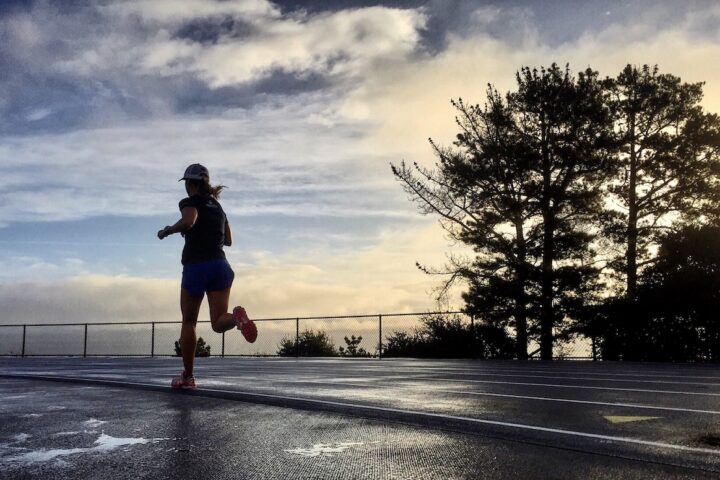Going Long: An Interview with Pete Pfitzinger
I recently caught up with Pete Pfitzinger, two-time U.S. Olympian in the marathon with a 2:11:43 personal best, exercise scientist, and author of Advanced Marathoning.
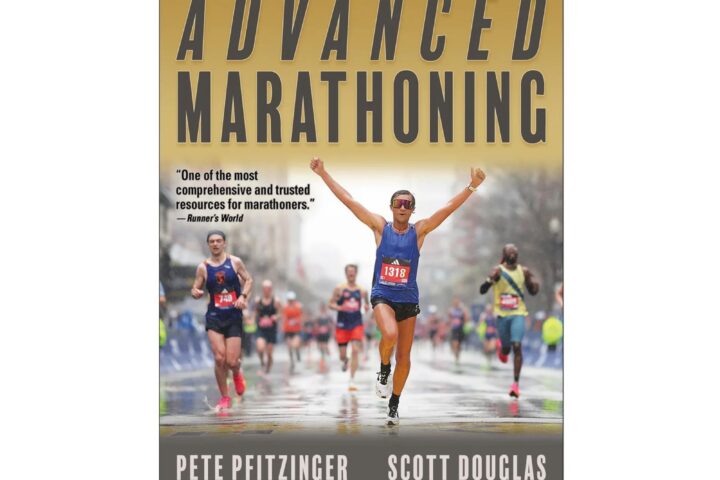
I recently caught up with Pete Pfitzinger, two-time U.S. Olympian in the marathon with a 2:11:43 personal best, exercise scientist, and author of Advanced Marathoning.

Early season hill workouts help to lay a solid foundation of strength and fitness that will set you up for success the rest of the season, whether you're aiming to run a fast mile, go the distance in an ultramarathon, or tackle something in between.
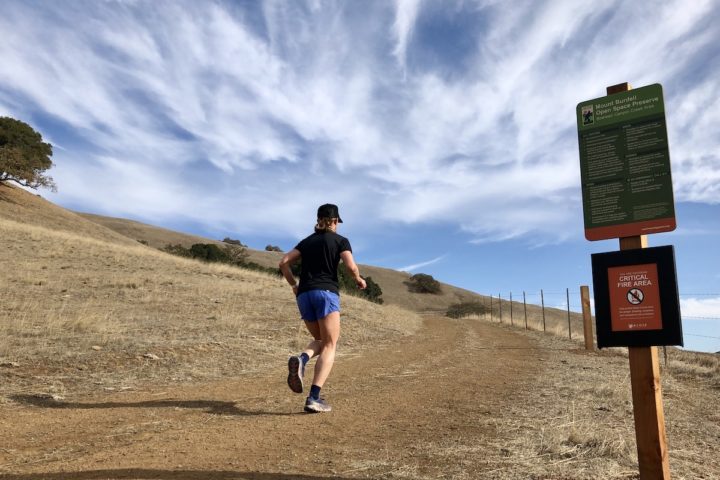
No matter what you're training for, there's a place in your program for a threshold run. This workout, for simplicity's sake, can be boiled down to maintaining a steady effort (think: half-marathon pace) for a prolonged period of time, usually between 20-40 minutes. It's effective at helping to strengthen your aerobic base, dialing in race pace if you're training for longer distances, and improving focus and confidence in general. But it's not easy! That's why early in a training cycle, or if an athlete just isn't that fit and/or motivated yet, I'll let them "make their own" threshold run, i.e. breaking up the 20-40 minutes of work however they'd like with a short break to reset between repetitions.
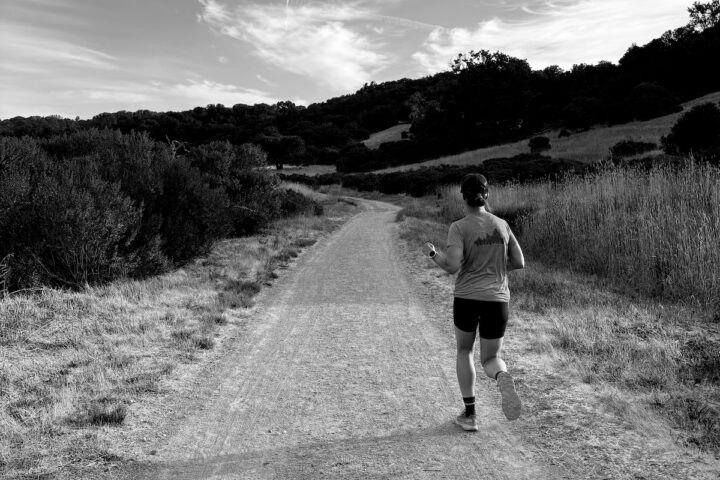
“Is All of This Self-Monitoring Making Us Paranoid?” The short answer to this question posed by Madison Malone Kircher of The New York Times, in my own observation and experience, is: yes (surprising exactly no one). Kircher’s article, which is not about runners at all but can certainly be extrapolated out to our population, explores the effects that wearable technology and an overload of data has had on users’ mental health. I think this has become a major problem that is only going to get worse.
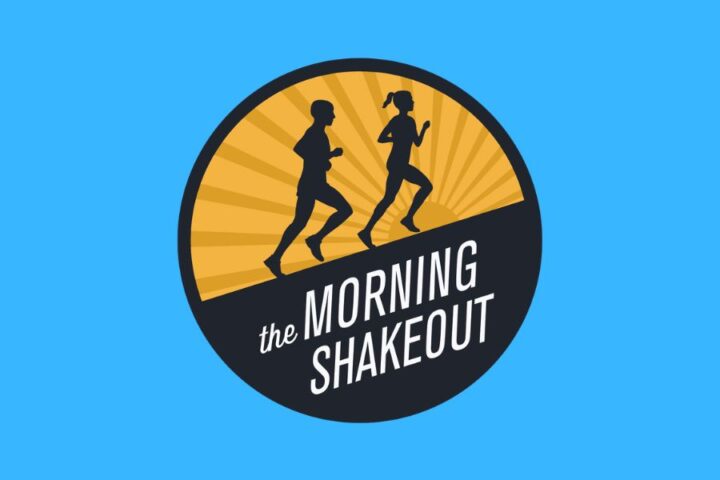
I started this collection of life lessons in 2020 for my 38th birthday and update it each year with a new lesson that I’ve been taught or learned myself (oftentimes the hard way). It was inspired by Kevin Kelly’s “68 Bits of Unsolicited Advice” and this annually updated post from my friend Chris Corbin.

This past Sunday was Mother’s Day, which, since 2009, has filled me with an odd mix of grief and gratitude. For those of you who don’t know, my mom passed away unexpectedly at the age of 50. I was 26 at the time and the sense of loss and heartbreak just crushed me.

The mile, or its metric equivalent, the 1500m, like many races, tends to unfold in one of three ways: Sometimes it's fast from the gun; other times it goes out kind of slow and finishes at breakneck speed. More often than not, though, it starts pretty quick, settles into a steady rhythm for a good chunk of the race, and finishes in a final flurry. This workout is designed to mimic the latter scenario, breaking 600m reps into three distinct pieces so that you can practice the specific physical and mental demands of such a situation. With generous recovery and a focus on controlled execution, this session is ideal for sharpening race-readiness in the final weeks before competition—but only after a solid foundation of fitness is already in place.
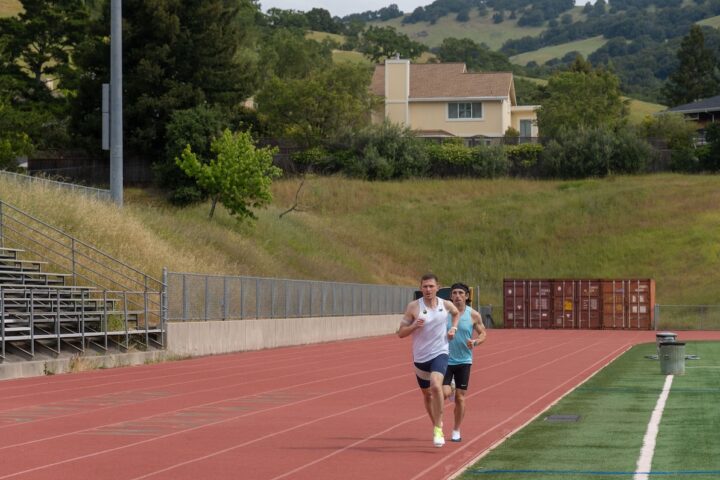
The following workout comes from Jon Green, head coach of the Verde Track Club who guided Molly Seidel to a bronze medal in the marathon at the Tokyo Olympics in 2021. It's essentially an enhanced version of the broken-up tempo run and one of Green's go-to sessions for all the athletes he works with. "This is a sneaky hard workout," Green told me.
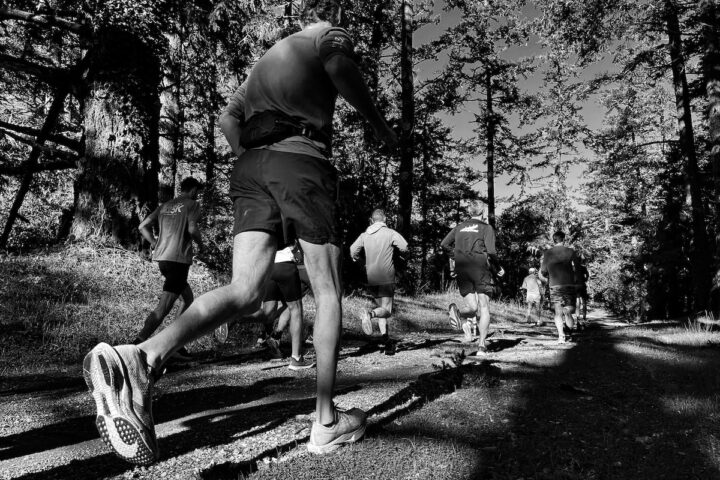
This is a great track workout to use early in a training block when re-introducing speed workouts into your weekly routine.

The following workout from coach Chris Miltenberg is called "A Little Bit of Everything," a foundational session for milers and 10K runners alike. It starts at threshold pace and ends down around 1-mile pace. The main goal is to reinforce raising intensity throughout.
